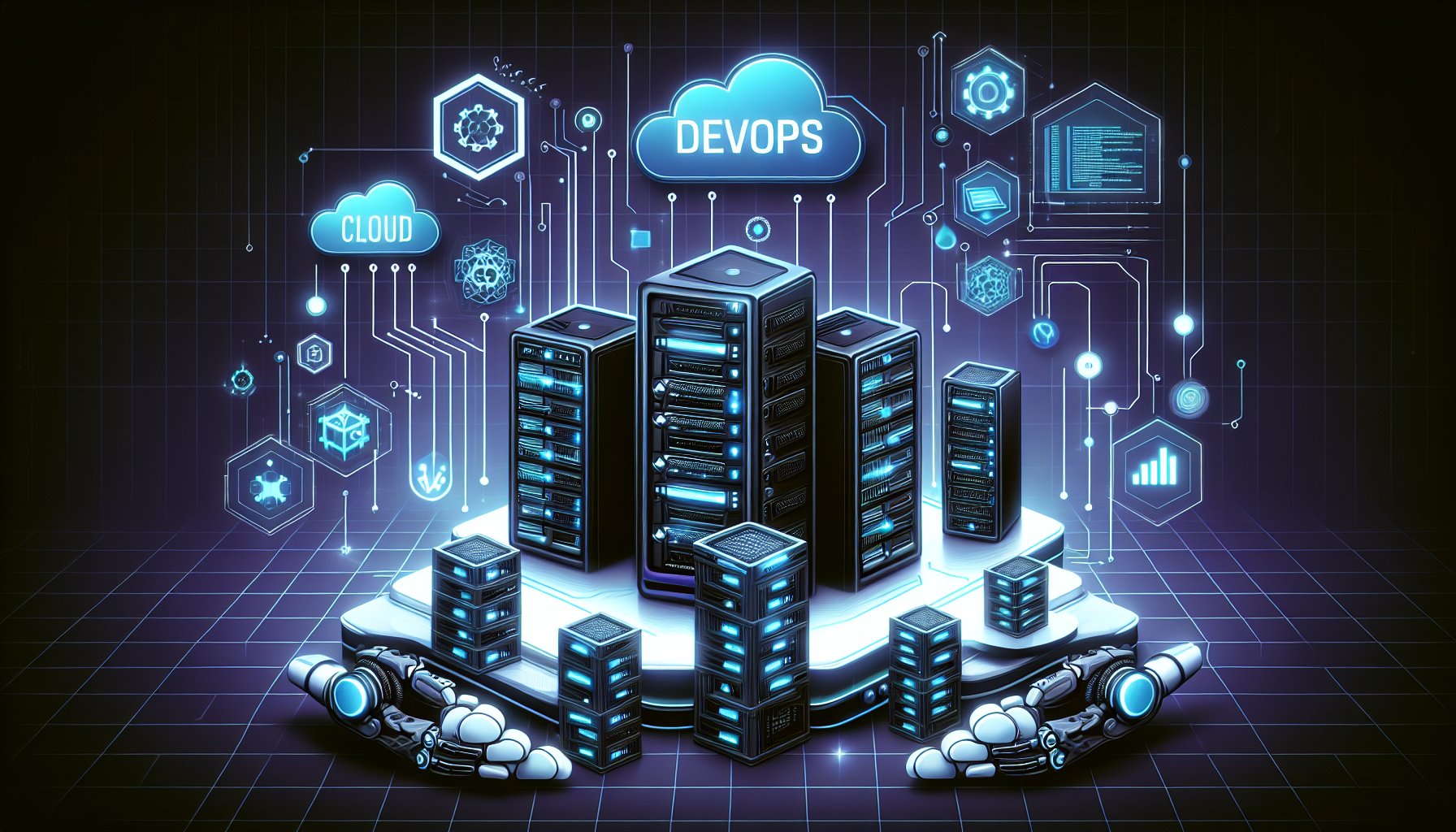Introduction
Welcome to the era of rapid IT development and deployment, where businesses are leveraging cutting-edge DevOps practices for scalable, efficient, and reliable systems. The future of IT development is here, and it's all about innovative approaches, modern methodologies, and next-generation solutions. Let's dive in!
The Rise of Continuous Integration and Continuous Deployment (CI/CD)
In 2025, Continuous Integration and Continuous Deployment (CI/CD) have become essential components of a robust DevOps strategy. CI/CD pipelines are all about automation - from code integration and testing to production deployment, ensuring a swift, reliable, and repeatable process.
Consider this practical example using the latest CI/CD tools: Whenever a code change is committed to a version control system, a tool like Jenkins or Travis CI automatically builds and tests the application. If the build and tests are successful, the updated application is automatically deployed to the production environment using tools like Docker and Kubernetes.
Infrastructure as Code (IaC): An Emerging Trend
Infrastructure as Code (IaC) is another revolutionary DevOps practice shaping the future of IT development. IaC treats infrastructure setup as a software development task, allowing developers to automate, version, and reuse infrastructure setups just like they do with their code.
Using tools like Terraform or Ansible, you can define your infrastructure setup in code files, version it using Git, and automate its deployment using CI/CD pipelines. This approach not only reduces manual errors but also promotes consistency across different environments.
Microservices: The New Norm
Microservices architecture, splitting applications into independent, loosely coupled services, is now the standard in IT development. This architectural style allows for rapid, reliable, and frequent updates of individual services without disrupting the entire system.
Consider a scenario where an e-commerce application is split into independent services like User Management, Product Catalog, and Order Processing. Each service can be developed, deployed, and scaled independently, offering high flexibility and reducing the risk of widespread system failure.
Conclusion
As we look forward to the future of IT development, adopting cutting-edge DevOps practices is no longer an option but a necessity. From leveraging CI/CD pipelines and embracing IaC, to adopting a microservices architecture, these practices are the keys to staying competitive in an increasingly digital world.
Remember, the future of IT development is all about automation, collaboration, and continuous improvement. Stay ahead of the curve by continuously learning, experimenting, and implementing the latest DevOps practices. The future is here, and it's time to seize it!
